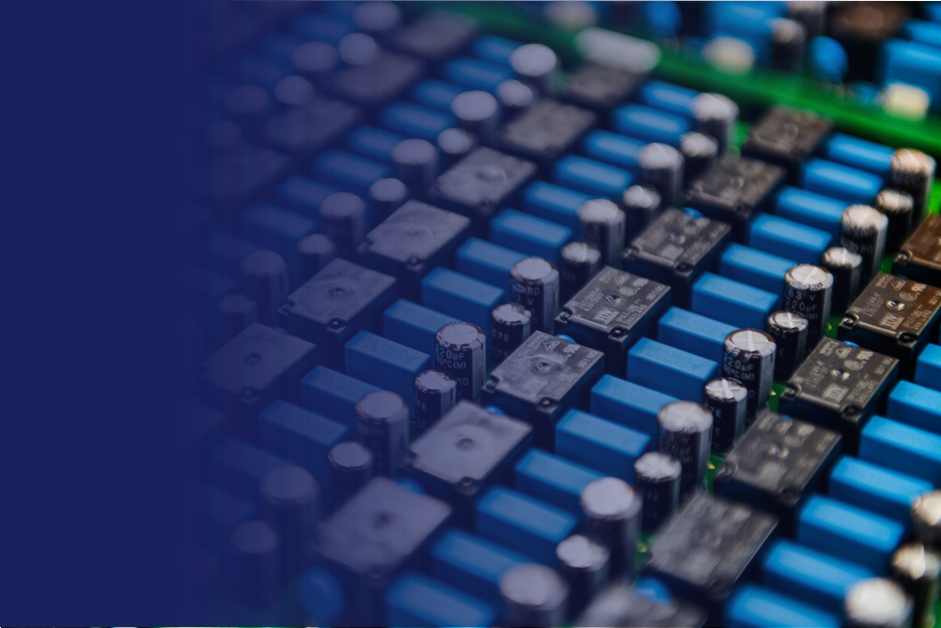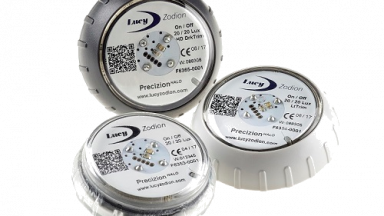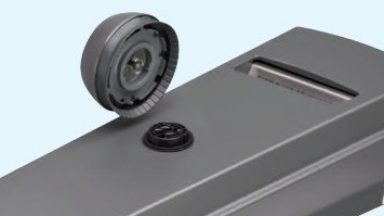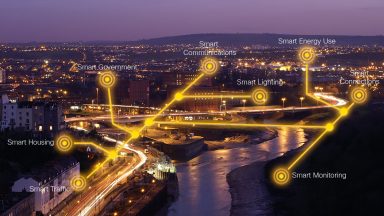Lucy Zodion looks at the importance of hardware in an ever connected and digital urban landscape
Digitalisation is a growing concept that cities are harnessing worldwide. From IoT enabled street furniture to the apps that help to monitor and control them, there’s a solution out there that meets the requirements of citizens and councils alike. But what we shouldn’t lose sight of is the value hardware brings to this intelligent mix of connected software and the capture of big data.
The world has never been better connected. Advancements in technology now mean we have information at our fingertips, making cities and towns better places to live. Cloud technology means individuals and organisations have the ability to store masses of data in one place, both securely and conveniently. Combine this with the way information is then dissected, analysed and used; digitalisation is an enormously powerful thing.
Software must work alongside hardware
In the midst of all the excitement that connected technology brings, especially in the extensive possibilities software holds, it’s important to consider the role hardware has. Enabling connectivity from the field to the cloud, hardware solutions are vital assets that physically capture the actionable insight that is so important to the way Local Authorities shape their digital strategy for future city planning.
It’s not all about the software. In fact, the information displayed on the interface users see is determined by the hardware it communicates with. Taking a holistic approach to the way hardware and software is developed is a must for successful output; hardware and software should work to the requirements of the end user in equal measures.
Building the system in parallel will ensure that programming and development are in tune, making for an effectively integrated solution.
Good software is only as good as the hardware it works with
For example, take a centrally managed lighting system. The information that is displayed on the user interface is invaluable to those who use them; this is only made possible via the network of nodes and collectors that gather and communicate from column to computer.
The physical footprint of products must be capable and compatible with the IoT solutions that they work alongside. Agility in development is making this a realistic and effective process, with hardware that is deployable in ways it could never be before; in a cost-effective way. Computing can extend further than before and in new places, like street lighting and existing street furniture.
Connected hardware solutions are the enablers for IoT systems. It is almost impossible to gather accurate information without high quality and functional hardware that is both reliable and scalable. After all, software helps communicate with hardware to provide insight into what is happening within a city, in a manageable way.
Futureproofing hardware
As advancements in the development of hardware and software are becoming more aligned, it is more apparent that IoT is being driven by the increased availability of enhanced hardware. It’s becoming easier to deploy intelligent hardware, which now has its use in many business areas spanning across a number of sectors. With the introduction of LED lighting, for example, connected solutions are being developed to create more responsive street lighting ecosystems that are more energy efficient and equipped for future technologies.
This alignment is vital where futureproofing is concerned, which can only be ensured by the introduction of universal standards. In recent years a number of industry standards and Smart City protocols have been agreed that inform developers and manufacturers of the best practices to follow where the development of interoperable systems are concerned.
Zhaga Book 18
The introduction of Zhaga Book 18 means there’s now a defined, standardised interface between outdoor LED luminaires and modules for sensing and communication. This brings the internet of things (IoT) to the street lighting industry via smart, upgradeable and future-proof fixes.
Our new PrecizionHALO photocell works within the Zhaga Book 18 specification, with components that work together in an ecosystem to improve efficiencies and ensure upgrades are quick and easy. Compatible with base connectors and SR drivers, the PrecizionHALO is a photocell for future cities – enabling digital sensing through its small and compact design.
Ensuring hardware components work harmoniously within the connected streetlight, Zhaga Book 18 is a specification that highlights the importance of hardware compatibility within a digital world. Reaching further, interoperability between hardware and software is also vital, where data transfer between photocells, collectors, nodes and gateways must work seamlessly.
The TALQ Consortium
For street lighting systems in particularly, the TALQ Consortium is the standard that encompasses interoperability throughout the entire smart street lighting ecosystem, from hardware to software. Aiming to establish a globally accepted standard for management software interfaces to control and monitor heterogeneous outdoor lighting networks, TALQ ensures interoperability between CMS and outdoor lighting systems is possible, regardless of the vendor.
This allows for a single CMS to be able to control different outdoor lighting networks, in various areas throughout a city or region. Furthermore it means that not only can energy consumption be reduced, but cost efficiencies can be increased – key objectives for Local Authorities.
The future of hardware
Hardware will always have a place in the smart city realm – in order for manufacturers to succeed they must align themselves with the emerging digital solutions they will facilitate. LoRA, WiFi and Bluetooth platforms (among others) are now commonplace in most smart systems, communicating valuable data to user friendly software solutions. Therefore, collaboration is key.
At Lucy Zodion we work with a number of collaboration partners throughout the development of new products or solutions, to ensure compatibility and interoperability. PrecizionHALO is one example of this, however as the scope of street lighting evolves we expect that collaboration will form the basis of the solutions we develop in the future.
Find out more about our connected hardware solutions on our Product page, here.



